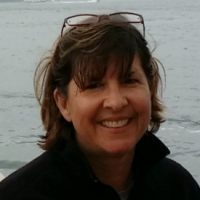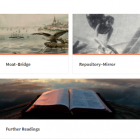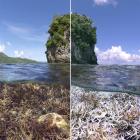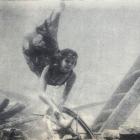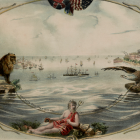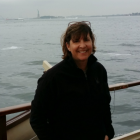Introduction
Scientific study of the ocean emerged relatively recently in human history. Yet, as the historian John Gillis reminds us, “We have come to know the sea as much through the humanities as through science.” People have for millennia known the oceans through work and play as well as myth, art, music, and stories. Fiction has imagined the undersea world far earlier than humans could investigate it. The emerging field of “blue humanities” invites exploration of cultural connections between people and oceans, past and present. What can anthropologists, literary scholars, and historians tell us about our profound interconnections with the ocean?
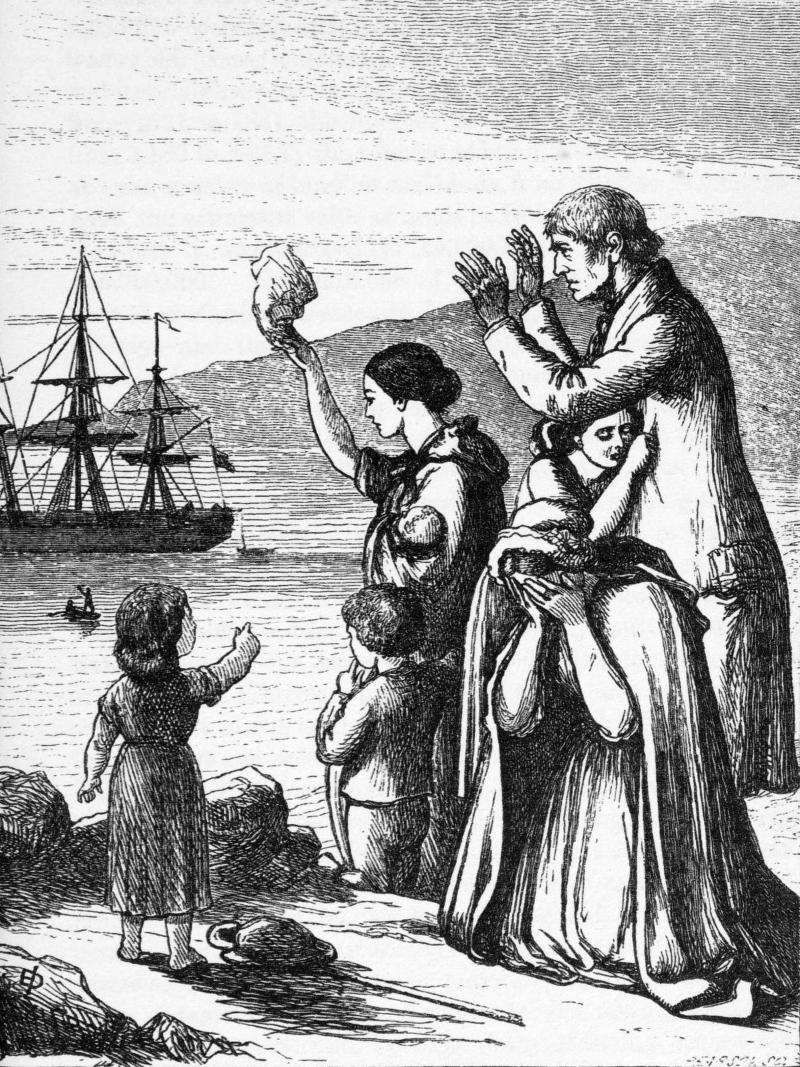
Henry Doyle’s illustration of an Irish family bidding farewell to members emigrating by sea in the nineteenth century, from the first edition of Mary Frances Cusak’s Illustrated History of Ireland from AD 400 to 1800 (1868). European immigration to North America was the classic example of maritime historian Benjamin Labaree’s articulation of how the Atlantic acted simultaneously as bridge and moat for emigrants.
Henry Doyle’s illustration of an Irish family bidding farewell to members emigrating by sea in the nineteenth century, from the first edition of Mary Frances Cusak’s Illustrated History of Ireland from AD 400 to 1800 (1868). European immigration to North America was the classic example of maritime historian Benjamin Labaree’s articulation of how the Atlantic acted simultaneously as bridge and moat for emigrants.
Engraving by Henry Doyle, 1868.
Accessed via Wikipedia on 13 January 2021. Click here to view source.
 This work is licensed under a Creative Commons Public Domain Mark 1.0 License.
This work is licensed under a Creative Commons Public Domain Mark 1.0 License.
In 1975, the maritime historian Benjamin Labaree published an influential essay arguing that the Atlantic Ocean had acted simultaneously as bridge and moat for North American colonists and citizens of the early United States. The paradox of these overlapping functions of the sea has since provided a touchstone for maritime history. Yet this approach has tended to treat the ocean as a horizontal surface, a stage for human history. Natural scientists, by contrast, consider the ocean as a complex, three-dimensional environment. So should humanists. It is time to recognize that the ocean has been, and remains, much more than simply the flat surface implied by the concept of bridge or moat.
To fully explore the ocean’s place in human culture, consider two further pairings: repository–mirror and destination–home. Like bridge–moat, these pairs convey a rich tension: they are oppositions, but each word in the pair coexists in the frame of the other. Together these paradoxes represent the spectrum of interconnections between people and the marine environment. The representations of the ocean as bridge, moat, repository, mirror, destination, and home cover deep time and a broad geography. They testify to the duration of the human connections with the sea and to the disparate ocean relationships forged by different cultures. The importance of the oceans today, in terms of climate, health, food, economy, and other areas, has inspired an international call to expand ocean literacy, an effort that must extend beyond the natural sciences to include historical and cultural relationships with the ocean.
- Previous chapter
- Next chapter


